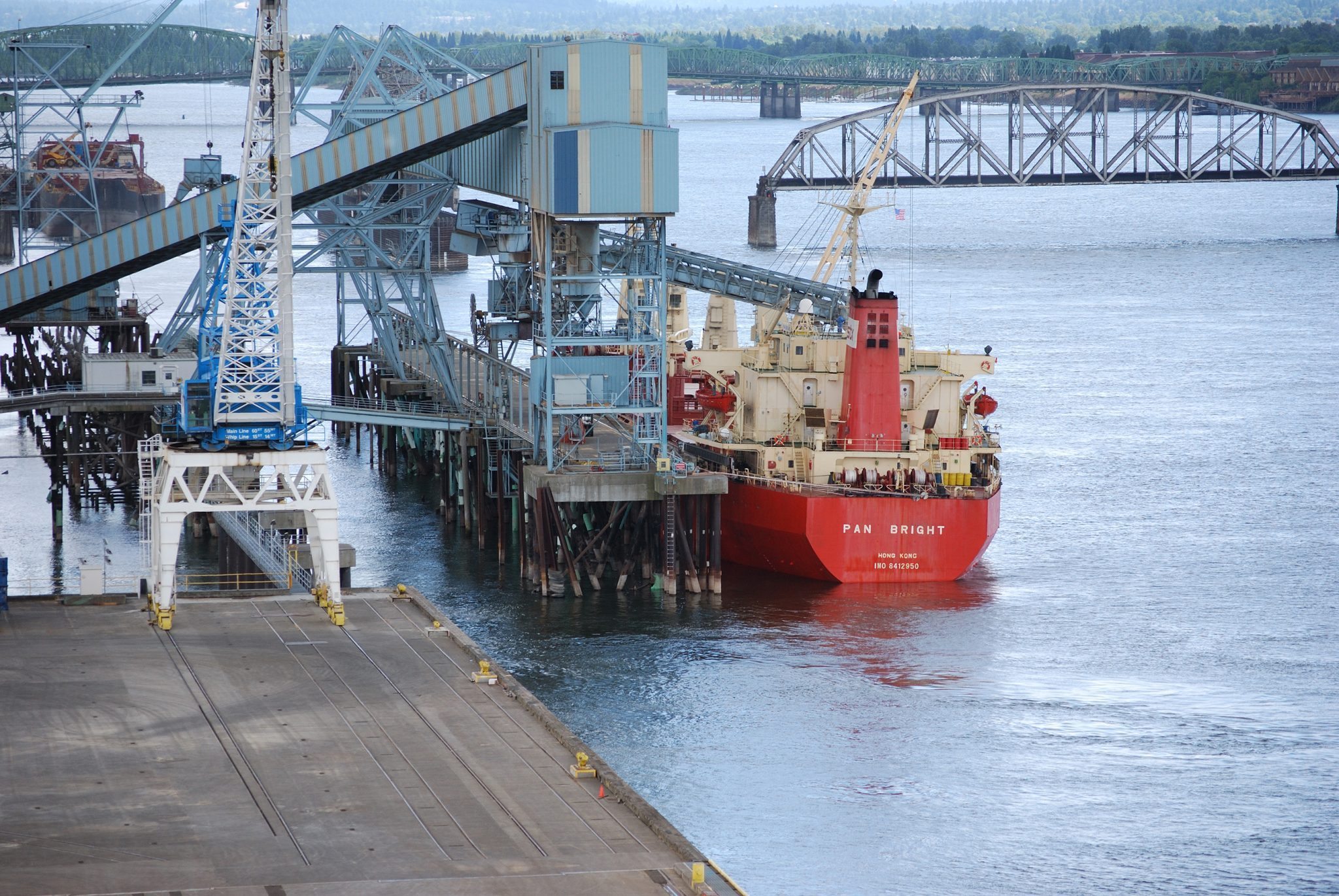The new multi-billion-dollar expansion of the Panama Canal opened on Sunday. The expansion accommodates much larger container ships, which means more route options for shipping companies. That prospect should place West Coast ports — specifically, those where labor unions have a strangle hold on port employment — on high alert.
Experts are already warning of the impact the expansion of the Panama Canal will have on local ports. KIRO 7 reports:
“The concern is that the $5.25 billion Panama Canal expansion will allow container ships to bypass Seattle or Tacoma altogether. Every day, thousands of containers that come in on ships are picked up by cranes, then are loaded on to trucks and rail cars to be delivered all around the country.
“Ships come from Asia, arrive in Seattle, then (containers) are trucked or trained to the East Coast.
“But this new, expanded Panama Canal will give shipping companies the choice of bypassing local ports, going through the canal and all the way to East Coast ports instead.
“That would shorten the one-way trip from Asia to the East Coast by roughly five days.”
A recent report predicts that the expansion could “shift about 10 percent of the Asia-to-U.S. container traffic from West Coast ports to East Coast terminals by 2020.” In order to stay competitive, it is paramount that the Ports of Seattle and Tacoma provide an economically competitive option for companies, beginning with providing a business-friendly environment that promotes certainty.
As Port of Seattle Commissioner John Creighton put it, “We have to really be at the top of our game to be a competitive gateway.”
Unfortunately, the recent behavior of the International Longshore and Warehouse Union (ILWU, a.k.a. longshoremen) does not inspire any degree of confidence in the certainty that logistics businesses particularly depend upon.
The longshoremen caused port officials plenty of grief in 2014-15, when the union led a six-month long labor dispute against the Pacific Maritime Association (PMA), the group representing port companies. In fact, due to port slowdowns along the West Coast (including Tacoma and Seattle), our state lost a whopping $769.5 million in economic activity.
The PMA accused the ILWU of deliberately slowing down work and causing port traffic. Though the ILWU denied the accusations, the facts spoke for themselves. In November 2014, reports indicated that port workers in Seattle and Tacoma refused to work more than a few hours a day. A study released by the Washington Council on International Trade verified previous reports. The Puget Sound Business Journal reported:
“Between November 2014 and the following March, productivity dropped roughly in half, from the usual 25 to 35 containers per hour to between 10 and 18 an hour, according to the study.”
Adding to the case against West Coast ports when the slowdowns occurred, companies began relying on East Coast ports to help pick up the slack. In other words, it’s the East Coast ports that provided much needed certainty during a long period of financial losses and uncertainty caused by labor union bosses in West Coast ports.
Making matters worse, during the course of a dispute between the longshoremen and United Grain Co. specifically, Jay Inslee sided against Washington State’s economic interests and with the longshoremen. Inslee removed police protection from state grain inspectors, resulting in the inability to do their jobs due to the death threats they received from longshoremen if they dared cross their picket line.
Without inspection, grain shipments were left to sit in warehouses and go to waste. In other words, Inslee chose the side of a union (which gave him campaign cash) at the expense of a billion-dollar industry in Washington State – and endangered the safety of state employees!
Remaining competitive will be an uphill battle for the Ports of Seattle and Tacoma — a battle that will require a change in approach, if not leadership.




